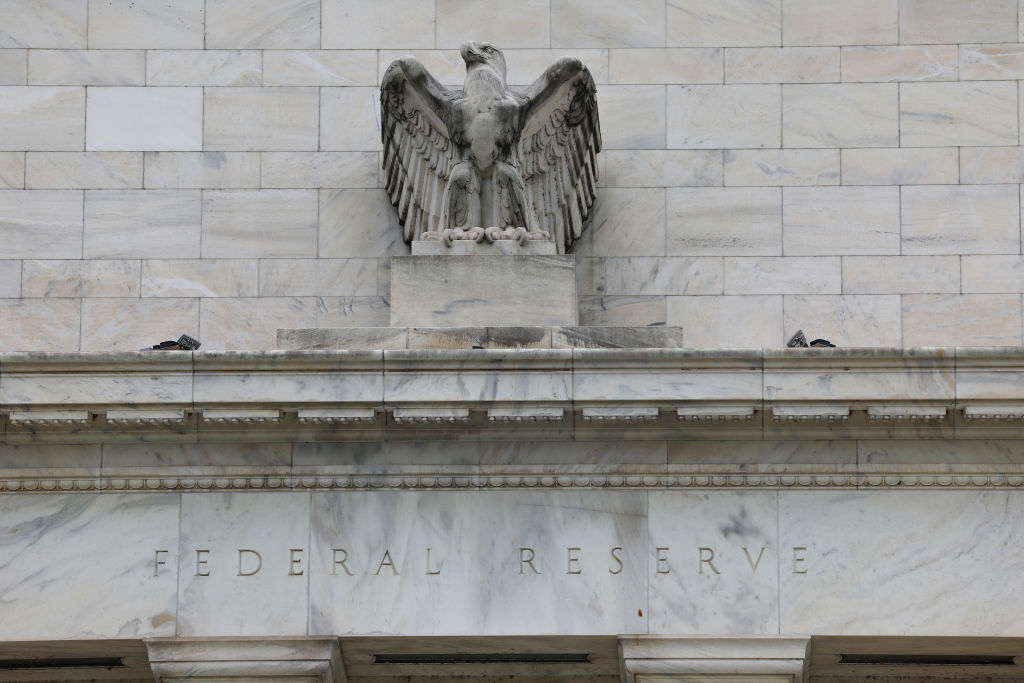US inflation rises faster than expected on higher gas prices and housing costs
December's figures come amid continuing debate about when the Federal Reserve will start cutting interest rates.


US inflation increased faster than expected in December, driven by rising shelter costs, putting pressure on the market view that rate cuts are imminent.
Figures from the Bureau of Labor Statistics showed the consumer price index (CPI) picked up to 0.3 per cent month-on-month in December. Economists had expected prices to increase 0.2 per cent.
This brought the annual rate of inflation to 3.4 per cent, up from November’s figure of 3.1 per cent.
Higher housing costs drove the increase, with shelter costs contributing over half of the monthly increase.
Higher gas prices also contributed. “The energy index rose 0.4 per cent over the month as increases in the electricity index and the gasoline index more than offset a decrease in the natural gas index,” the report said.
Core inflation – which strips out volatile components such as food and energy – dropped to 3.9 per cent, slightly higher than markets expected but down from four per cent the month before.
The figures come amid continuing debate about when the Federal Reserve will start cutting interest rates.
Since March 2022, the Fed has raised its policy rate by 525 basis points to the current range of 5.25-5.5 per cent 5.25 per cent. In the last three meetings, the Fed has kept rates steady.
At its last meeting in December, the Fed surprised markets with a dovish pivot. Policymakers signalled that there could be three interest rate cuts in 2024 reflecting the slowing economy.
This helped fuel a strong market rally as traders priced in aggressive rate cuts this year. Investors expect the Fed to start lowering rates in March with a further six cuts expected over the course of the year.
However, traders have grown nervy about the prospect of rate cuts in the new year.
Minutes released from the Fed’s December meeting showed that many participants thought “an easing in financial conditions beyond what is appropriate could make it more difficult for the Committee to reach its inflation goal”.
A series of figures out last week also showed the US economy added 216,000 jobs last month, substantially more than the 170,000 predicted by economists.
Today’s figures will make investors increasingly unsure about a March cut given the lack of progress on the headline rate of inflation over the last few months. The headline rate fell to three per cent in June, but has since failed to go any lower.
“This data print will be a warning to financial markets that have been punchy in the scale of rate cuts expected this year,” Lindsay James, investment strategist at Quilter Investors said.
However, Paul Ashworth, chief north america economist at Capital Economics, said “we don’t think December’s CPI data necessarily rules out a March rate cut by the Fed”.
Ashworth suggested that the increase in shelter costs will not last based on the “marked slowdown” in the more timely measures of new rental agreements.
The Fed’s first meeting of the new year takes place on 31 January.


